Dried ancho peppers are the dried form of poblano chilies, originating from Mexico. They are known for their deep reddish-brown color, mild heat (1,000-2,000 Scoville units), and rich flavor profile with notes of dried plum, raisin, coffee, and chocolate. This versatile chili is a staple in Mexican cuisine, used in moles, salsas, and adobos for its complex sweetness and smokiness without overwhelming spice.
Table of Contents
- What is Dried Ancho?
- Why You Should Be Using Dried Ancho
- 7 Essential Tips for Working With Dried Ancho
- Buying Guide: How to Choose the Best Dried Ancho
- Delicious Recipes That Showcase Dried Ancho
- How to Store Dried Ancho for Longevity
- Frequently Asked Questions About Dried Ancho
- Conclusion: Spice Up Your Life with Dried Ancho!
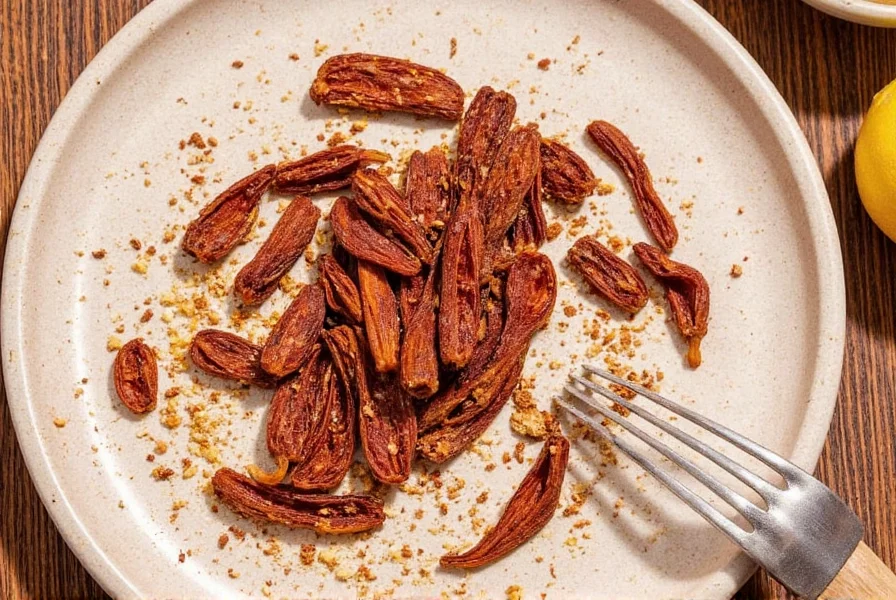
What is Dried Ancho?
The dried ancho pepper is the dried form of the poblano chili, which hails from Mexico. Known for its deep reddish-brown color and slightly wrinkled skin, the ancho is mild on the Scoville scale—typically around 1,000 to 2,000 SHU—but don't let the low heat fool you. Its real magic lies in its rich, fruity, and earthy flavor profile, often described as having notes of dried plum, raisin, coffee, and even a hint of chocolate.
Because it's dried, ancho retains all of its complex flavors while becoming incredibly versatile in the kitchen. It's commonly used in salsas, moles, adobos, soups, stews, and even desserts where warmth and depth are desired without overwhelming spiciness.
Why You Should Be Using Dried Ancho
There are several reasons why dried ancho should have a permanent spot in your pantry:
- Complex Flavor: Offers layers of sweetness, smoke, and spice that few other chilies can match.
- Mild Heat: Perfect for those who want flavor without the fire.
- Versatility: Can be rehydrated, toasted, ground into powder, or infused into liquids.
- Nutrient-Rich: High in vitamin A, C, and potassium.
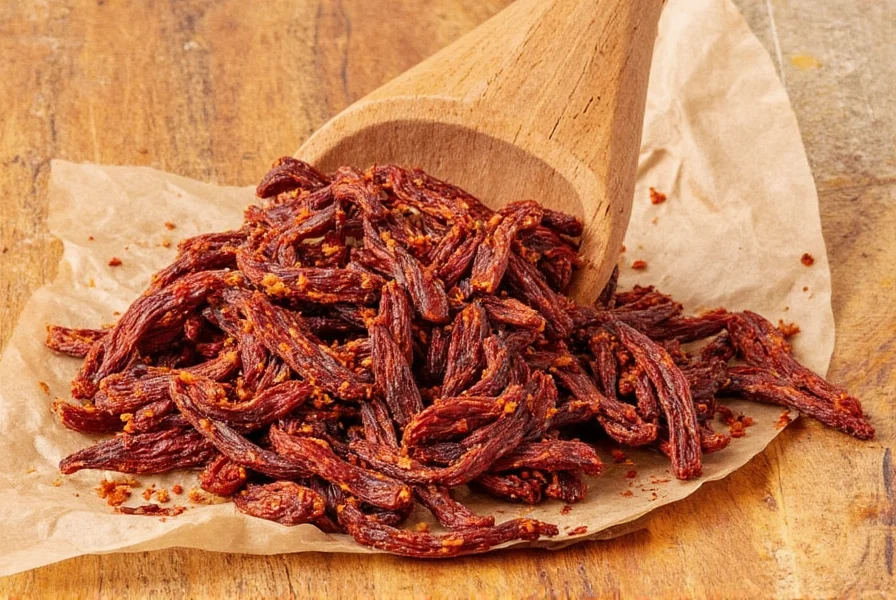
7 Essential Tips for Working With Dried Ancho
Now that you know what dried ancho is, let's dive into some expert-approved tricks and techniques to get the most out of this amazing spice:
- Toasting Brings Out the Best: Before using, lightly toast the dried anchos over dry heat (pan or comal) or under the broiler. This enhances their natural oils and intensifies their flavor significantly.
- Remove Seeds and Veins for Milder Taste: Most of the capsaicin (the compound responsible for heat) lives in the seeds and inner ribs. Removing them makes the pepper much milder.
- Rehydrate Before Blending: For sauces, moles, or pastes, soaking the anchos in hot water, broth, or even a touch of alcohol (like tequila or vinegar) softens them and makes blending easier and more effective.
- Use in Powder Form for Convenience: Grinding dried anchos into a fine powder gives you an easy-to-use spice blend component. Mix with cumin, garlic, paprika, or oregano for a homemade adobo seasoning.
- Don't Skip the Fat: Since many of the flavor compounds are fat-soluble, cooking dried ancho in oil or another fat helps release its full aroma and taste.
- Beware of Burnt Bitterness: Anchos are delicate when toasted. Too long over high heat and they can become bitter. Keep the process quick and controlled.
- Pair Thoughtfully: Anchos play well with warm spices like cinnamon and cloves, sweet elements like tomatoes and dried fruit, and even bright ones like citrus zest or vinegar.
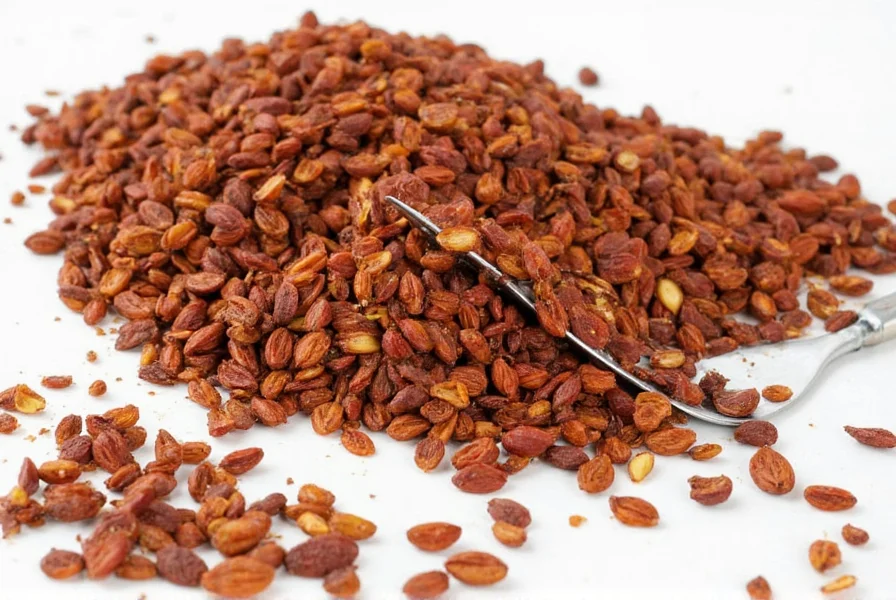
| Feature | Premium Quality | Lower Quality |
|---|---|---|
| Color | Deep mahogany red or dark brown | Faded red or pale |
| Texture | Plump and slightly pliable | Dry, brittle, cracked |
| Aroma | Earthy, sweet, and faintly smoky | Moldy, musty, or stale |
| Size | Medium to large, uniform shape | Too small or irregular |
- Recommended Brands:
- La Costeña: Known for consistency and quality. Ideal for mole bases and rehydration.
- Goya: Affordable and widely available. Great for everyday cooking and sauces.
- Sabrosa: Organic option with vibrant color and bold flavor. Best for gourmet recipes.
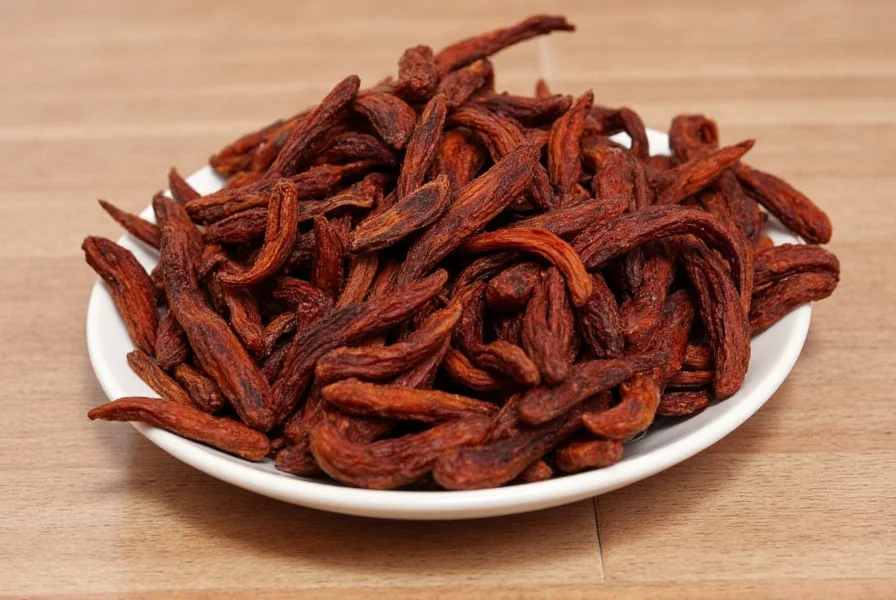
Delicious Recipes That Showcase Dried Ancho
Ready to put your knowledge to work? Here are a few classic and creative ways to use dried ancho:
- Homemade Red Mole Sauce: Blend soaked anchos with almonds, sesame seeds, tomato, and spices for a deeply flavorful base.
- Ancho Chicken Adobo: Combine ground ancho with vinegar, garlic, and herbs to marinate chicken before slow-cooking.
- Smoky Tomato-Ancho Salsa: Roast tomatoes and rehydrated anchos for a smoky dip that pairs perfectly with tortilla chips.
- Spiced Hot Chocolate: Add a pinch of ground ancho to your hot cocoa along with cinnamon and chili powder for a Mexican twist.
- Grilled Veggie Glaze: Reduce a mixture of ancho puree, honey, and soy sauce to brush onto grilled eggplant or portobellos.
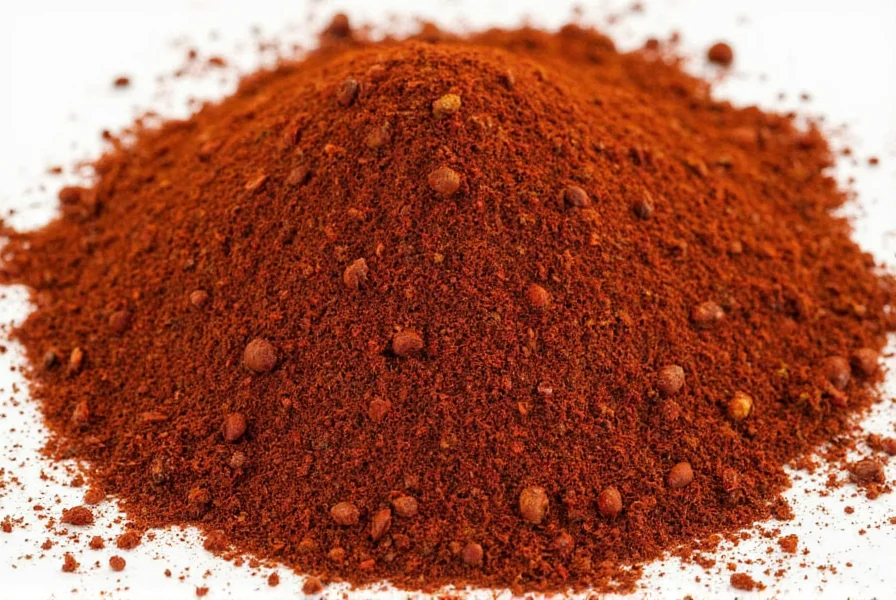
How to Store Dried Ancho for Longevity
Proper storage ensures your dried anchos keep their potency and flavor for months:
- Whole Peppers: Store in an airtight container in a cool, dark place like a pantry. They can last up to a year.
- Ground Powder: Keep in a sealed glass jar away from moisture and light. Use within 6–8 months for optimal flavor.
- Rehydrated Anchos: Freeze after soaking for future use in sauces or pastes.
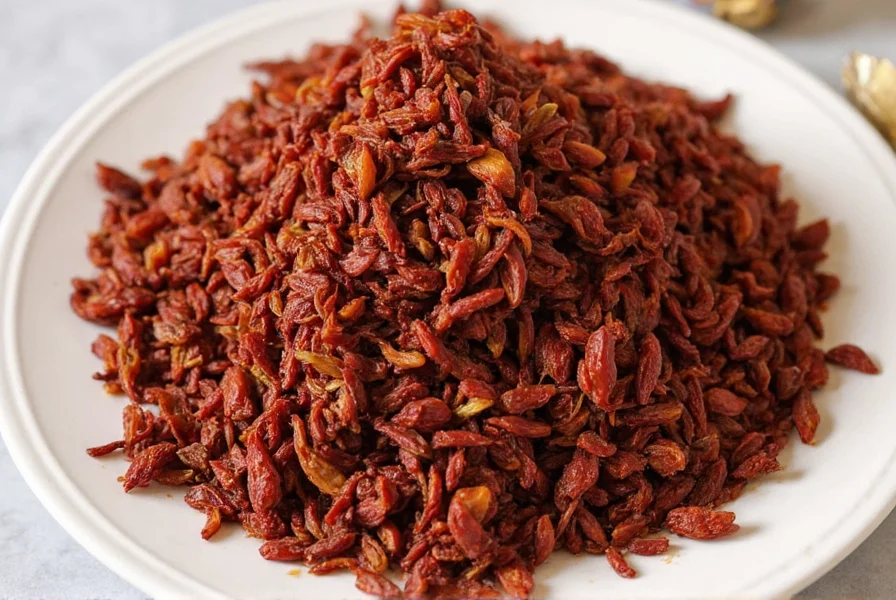
Frequently Asked Questions About Dried Ancho
Are dried ancho peppers the same as mulato or pasilla?
Nope! While they're often confused, each has its own unique flavor profile. Mulato tends to be sweeter and more chocolate-like, while pasilla is thinner and more grassy. Ancho is the mildest and fruitiest of the trio.
Can I substitute ancho powder with another chili powder?
You can try using New Mexico chili powder or guajillo powder as substitutes, but note the flavor differences. Adjust quantities accordingly to avoid overpowering your dish.
Is dried ancho spicy?
It's on the milder side—great for people who enjoy nuanced flavor without too much heat. Ancho peppers typically rate between 1,000-2,000 on the Scoville scale, which is much milder than jalapeños (2,500-8,000 SHU). Leaving in the seeds increases the spiciness slightly, but it still remains one of the mildest dried chilies available.
What's the best way to rehydrate dried ancho peppers?
The optimal method is to place the peppers in a bowl and cover them with hot (not boiling) water, broth, or even a light beer or vinegar mixture. Let them soak for 15-20 minutes until pliable. For enhanced flavor, you can toast them first in a dry skillet for 30-60 seconds per side before soaking. Don't discard the soaking liquid—it's packed with flavor and can be used in your recipe!
How long do dried ancho peppers stay fresh?
When stored properly in an airtight container in a cool, dark place, whole dried ancho peppers can maintain their best flavor for 6-12 months. Their potency will gradually decrease over time. Ground ancho powder loses its flavor more quickly and is best used within 6-8 months. You'll know they've gone bad if they develop a musty smell or lose their characteristic deep red color.
What dishes pair best with dried ancho?
Dried ancho works wonderfully in Mexican and Southwestern cuisine, but its versatility extends far beyond. It shines in moles, salsas, adobos, and spice rubs. It also complements tomato-based sauces, stews, chili, and even chocolate desserts. Try it in unexpected places like barbecue sauces, marinades for grilled meats, or even in a spiced hot chocolate for a sophisticated flavor dimension.
Are dried ancho peppers nutritious?
Yes! Dried ancho peppers are packed with nutrients. They're an excellent source of vitamin A (in the form of beta-carotene), which supports eye health and immune function. They also provide vitamin C, potassium, and dietary fiber. The capsaicin in peppers, though present in milder amounts in anchos, has been linked to various health benefits including pain relief and metabolism boost.
How do I grind dried ancho peppers into powder?
First, remove the stems and seeds. Then toast the peppers lightly in a dry skillet for 30-60 seconds per side until fragrant (be careful not to burn them). Let them cool, then break them into smaller pieces and process in a spice grinder, blender, or food processor until you achieve a fine powder. For the finest texture, you can sift the powder and regrind any larger pieces. Store in an airtight container away from light and moisture.
Conclusion: Spice Up Your Life with Dried Ancho!
Dried ancho isn't just another spice—it's a gateway to layering complex flavors into your meals without burning off your guests' palates. From simple adobos to rich moles, this humble chili can transform your cooking in surprisingly delightful ways.
With the right selection, handling, and a few smart tricks, you can bring the essence of authentic Mexican cuisine right into your kitchen. So go ahead—grab a bag of dried ancho, experiment, and discover how much warmth and soul this beautiful chili can add to your culinary repertoire!
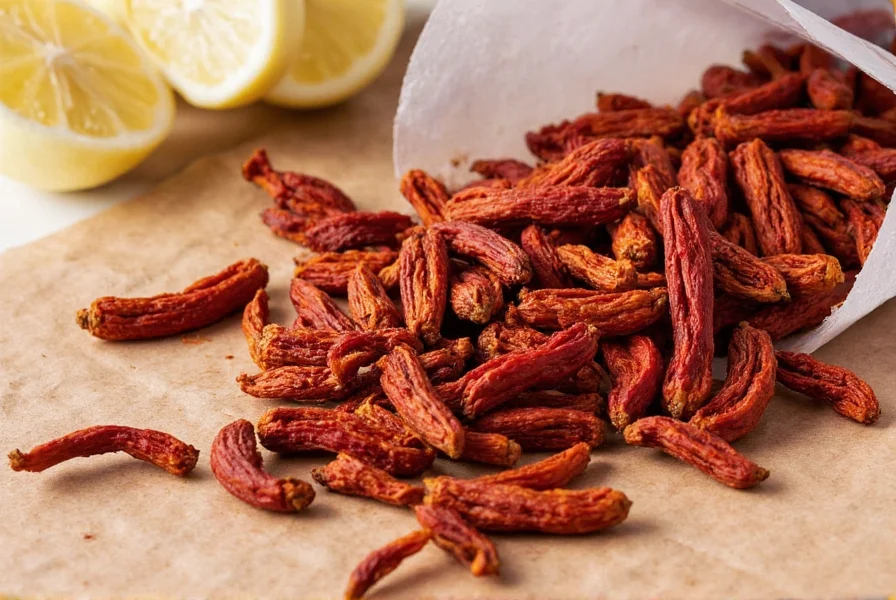

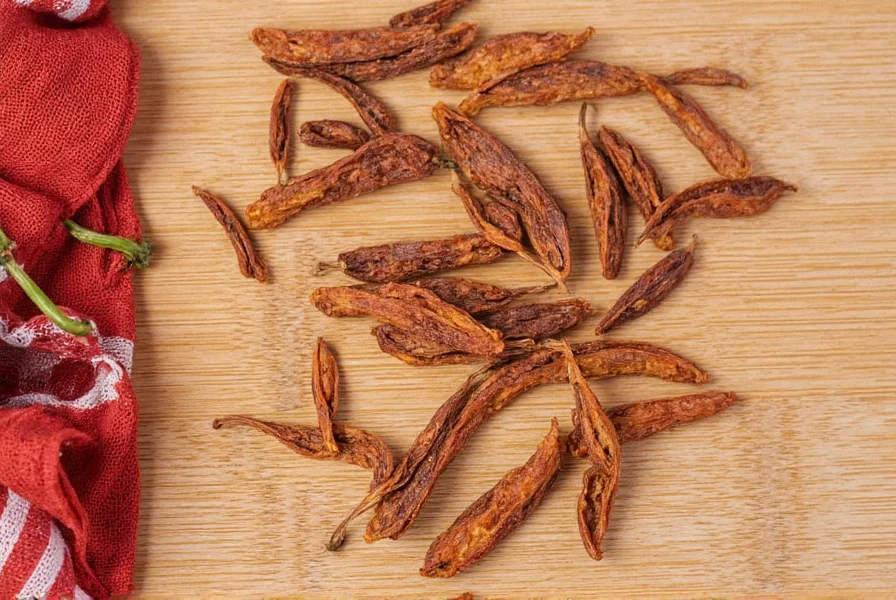









 浙公网安备
33010002000092号
浙公网安备
33010002000092号 浙B2-20120091-4
浙B2-20120091-4